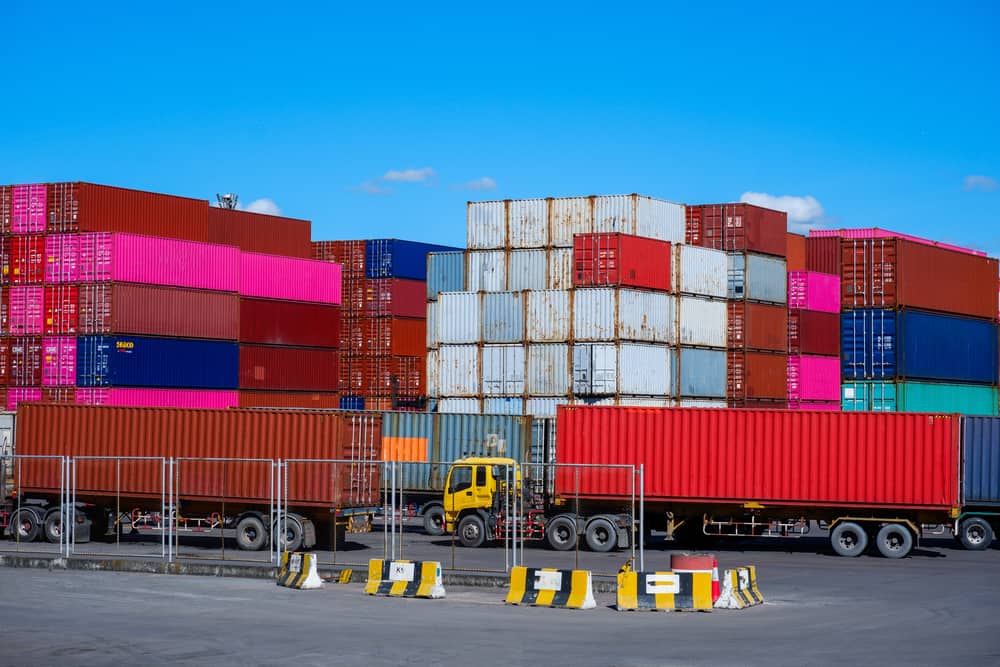Rising COVID-19 infections are a serious concern in the already strained manufacturing sector.
Lockdowns in Southeast Asia are slowing production due to supply and demand imbalances. In China, Shanghai and Yantian ports are experiencing increased congestion. All the while, U.S. importers are scrambling to keep up with consumer demand and low inventory.
The United Nations Conference on Trade and Development (UNCTD) said this regarding freight pricing:
“Cargo volumes and demand for maritime transport services are usually the first to be hit by political, environmental and economic turmoil. Factors such as a slowdown in international trade, sanctions, natural disasters and weather events, regulatory measures and changes in fuel prices have an impact on the world economy and global demand for seaborne transport. These changes may occur quickly and have an immediate impact on demand for maritime transport services.”
Container shipping lines have had plenty of reasons to keep rates elevated:
- Increased demand (e-commerce boom, back to school shopping, holiday shipping season, etc.)
- Congestion and bottleneck issues (Suez Canal incident, a COVID outbreak in Yantian, vessels anchored at LAX/LGB)
- Labor, container, and chassis shortages (ports/terminals, rails, warehouses, and drivers)
- Empty container repositioning (containers going back to Asia empty vs loaded with U.S. goods, suspended IPI service to U.S. inland locations)
The most vessels gridlocked near LAX/LGB ports was 40 back in February. Yantian port closures due to COVID-19 outbreak brought some relief to the congestion, bringing Southern California’s 2021 lowest number of vessels anchored to nine. However, as of today congestion has built up to 32 vessels anchored in San Pedro Bay. Unfortunately, no short-term relief is in sight as volumes increase and bottlenecks persist.

For August, there have been another series of surcharges with U.S. West Coast gateways as a focus. As we announced in a recent article, carriers are boosting their revenues by implementing “creative” surcharges. These types of charges are effective on container in-gate dates in Asia. CMA and MSC effective dates for their “congestion charges” is the discharge date at POD. If you have cargo on the way or shipments in the pipeline, please make sure to ask about these new surcharges.
On the export side, U.S. agricultural shippers are pushing the FMC for intervention. Many farmers and ranchers are aware that they won’t be able to move their cargo as smoothly as in the past. Especially in the next few months when new crops will be ready to move to foreign markets. Not only will they be losing out on money but also market share overseas. Aggravating shippers even more, many of the containers going back to Asia are empty. U.S. exporters cannot afford to pay the $10,000 to $20,000 per container that importers are paying.
Here are a few tips for helping secure booking/containers in today’s difficult market.
Book as far in advance as possible, up to 28 days or more. Book your shipments in small batches, 4 TEU or less. Paying premiums for time-sensitive cargo as demand is not slowing down anytime soon. Try sticking to the initial booking details as any modifications can cause you to hit a snag. Communicating with your supplier to help provide flexibility around the cargo ready dates. Here at MTS Logistics, we aim to help provide a smooth booking process and best quality service to any-sized company.




